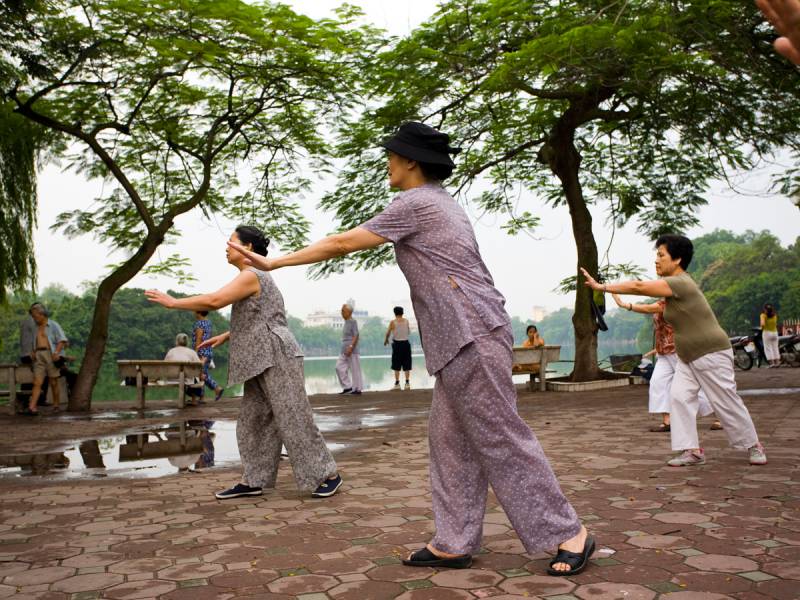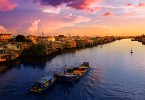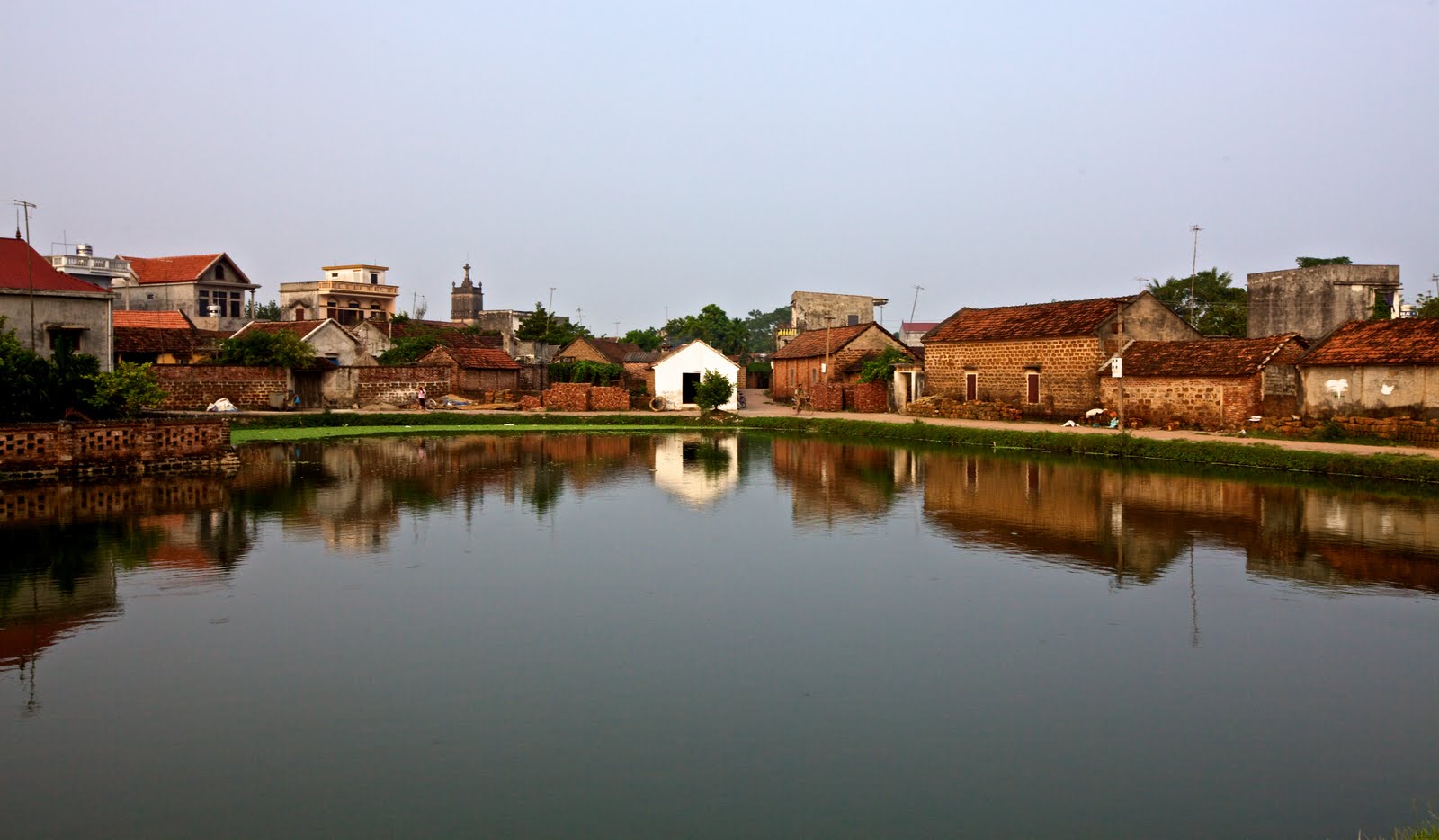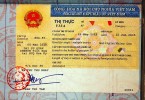Vietnam geography
Vietnam, officially called The Socialist Republic of Vietnam, is situated on the eastern margin of the Indochinese peninsula. With a land border of 3,730 kilometers, Vietnam shares border with China to the North, with Laos and Cambodia to the west, with the South China Sea and the Tonkin Gulf to the east and with the Gulf of Siam to the South.
 This location creates ideal and favorable conditions for national economic growth in general and the development of trade and tourism in particular. The mainland territory of Vietnam is an S-shaped land covering an area of over 329,241 square kilometers. From north to south, the territory of Vietnam extends for 1,750 kilometers, and its widest and narrowest territories are 600 kms and 50 kms wide, respectively. Vietnam possesses a long coastline with countless kilometers of ravishing beaches and stunning lagoons.
This location creates ideal and favorable conditions for national economic growth in general and the development of trade and tourism in particular. The mainland territory of Vietnam is an S-shaped land covering an area of over 329,241 square kilometers. From north to south, the territory of Vietnam extends for 1,750 kilometers, and its widest and narrowest territories are 600 kms and 50 kms wide, respectively. Vietnam possesses a long coastline with countless kilometers of ravishing beaches and stunning lagoons.
Stretching from the North to the South, Vietnam’s topography varies dramatically with emerald-green mountains, fertile deltas, tropical rainforests inhabited by many rare and precious species of fauna and flora, sinuous rivers, mysterious caves, surreal-looking rock formations, heavenly waterfalls and pristine white-sandy beaches.
 The country can be divided into three main regions: the North, the Central and the South. The North includes three sub-regions: Northwest, Northeast and Red River Delta. Northwest is well-known for the fantastic scenery of Sapa, awe-inspiring valleys and picturesque terraced fields of Mai Chau, peaceful hill-tribe villages and stunning nature beauty of Lao Cai, etc. Northeast is endowed with the sublime beauty of Ba Be National Park, the spectacular rock-formations and alluring grottos of Halong Bay and the poetic, fresh, quiet beauty of Ban Gioc Waterfall. Red River Delta is a region of beautiful rice fields and limestone cliffs, ancient temples, and skillful local craftspeople. The region is also deemed to be the cradle of Vietnamese civilization some of the most valuable historical heritages in Vietnam. The Central of Vietnam is divided into two main sub-regions: North Central or North Central Coast and South Central which, in turn, includes South Central Coast and Central Highlands. North Central (Bac Trung Bo) contains six provinces in the northern half of Vietnam’s narrow central part. All provinces in this region stretch from the coast in the east to Laos in the west: Ha Tinh, Nghe An, Quang Binh, Quang Tri, Thanh Hoa and Thua Thien Hue. South Central (Nam Trung Bo) contains seven coastal provinces and Danang city (centrally-controlled municipality) in the southern half of Vietnam’s central part: Binh Dinh, Binh Thuan, Khanh Hoa, Phu Yen, Ninh Thuan, Quang Nam and Quang Ngai. Central Highlands (Tay Nguyen) contains the five inland provinces of south-central Vietnam: Dak Lak, Dak Nong, Gia Lai, Kon Tum and Lam Dong. Almost of this region is mountainous. While mostly inhabited by ethnic minorities, there are many Vietnamese living here. The Central which is home to many ethnic minorities, is characterized by high temperate plateaus rich in volcanic soil and by spectacular beaches, innumerable sand dunes and lagoons. Hoang Sa (island district belongs to Danang) and Truong Sa (island district belongs to Khanh Hoa) are two archipelagos rich in resources. The South of Vietnam includes two main regions: Southeast and Mekong Delta. Southeast (Dong Nam Bo) contains those parts of lowland southern Vietnam which are north of the Mekong Delta. There are five provinces, plus the municipality of Ho Chi Minh City (formerly Saigon): Ho Chi Minh City, Ba Ria – Vung Tau, Binh Duong, Binh Phuoc, Dong Nai, Tay Ninh. Mekong River Delta (Dong Bang Song Cuu Long) is Vietnam’s southernmost region, mostly containing small but populous provinces in the fertile alluvial delta of the Mekong River. There are twelve provinces, plus the municipality of Can Tho: Can Tho City, An Giang, Ben Tre, Bac Lieu, Ca Mau, Dong Thap, Hau Giang, Kien Giang, Long An, Soc Trang, Tien Giang, Tra Vinh, Vinh Long.
The country can be divided into three main regions: the North, the Central and the South. The North includes three sub-regions: Northwest, Northeast and Red River Delta. Northwest is well-known for the fantastic scenery of Sapa, awe-inspiring valleys and picturesque terraced fields of Mai Chau, peaceful hill-tribe villages and stunning nature beauty of Lao Cai, etc. Northeast is endowed with the sublime beauty of Ba Be National Park, the spectacular rock-formations and alluring grottos of Halong Bay and the poetic, fresh, quiet beauty of Ban Gioc Waterfall. Red River Delta is a region of beautiful rice fields and limestone cliffs, ancient temples, and skillful local craftspeople. The region is also deemed to be the cradle of Vietnamese civilization some of the most valuable historical heritages in Vietnam. The Central of Vietnam is divided into two main sub-regions: North Central or North Central Coast and South Central which, in turn, includes South Central Coast and Central Highlands. North Central (Bac Trung Bo) contains six provinces in the northern half of Vietnam’s narrow central part. All provinces in this region stretch from the coast in the east to Laos in the west: Ha Tinh, Nghe An, Quang Binh, Quang Tri, Thanh Hoa and Thua Thien Hue. South Central (Nam Trung Bo) contains seven coastal provinces and Danang city (centrally-controlled municipality) in the southern half of Vietnam’s central part: Binh Dinh, Binh Thuan, Khanh Hoa, Phu Yen, Ninh Thuan, Quang Nam and Quang Ngai. Central Highlands (Tay Nguyen) contains the five inland provinces of south-central Vietnam: Dak Lak, Dak Nong, Gia Lai, Kon Tum and Lam Dong. Almost of this region is mountainous. While mostly inhabited by ethnic minorities, there are many Vietnamese living here. The Central which is home to many ethnic minorities, is characterized by high temperate plateaus rich in volcanic soil and by spectacular beaches, innumerable sand dunes and lagoons. Hoang Sa (island district belongs to Danang) and Truong Sa (island district belongs to Khanh Hoa) are two archipelagos rich in resources. The South of Vietnam includes two main regions: Southeast and Mekong Delta. Southeast (Dong Nam Bo) contains those parts of lowland southern Vietnam which are north of the Mekong Delta. There are five provinces, plus the municipality of Ho Chi Minh City (formerly Saigon): Ho Chi Minh City, Ba Ria – Vung Tau, Binh Duong, Binh Phuoc, Dong Nai, Tay Ninh. Mekong River Delta (Dong Bang Song Cuu Long) is Vietnam’s southernmost region, mostly containing small but populous provinces in the fertile alluvial delta of the Mekong River. There are twelve provinces, plus the municipality of Can Tho: Can Tho City, An Giang, Ben Tre, Bac Lieu, Ca Mau, Dong Thap, Hau Giang, Kien Giang, Long An, Soc Trang, Tien Giang, Tra Vinh, Vinh Long.





